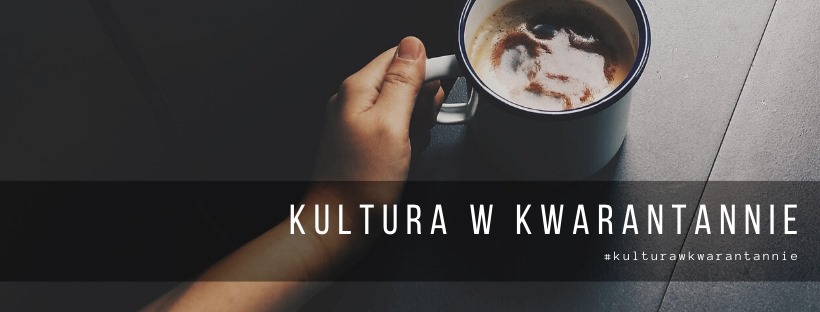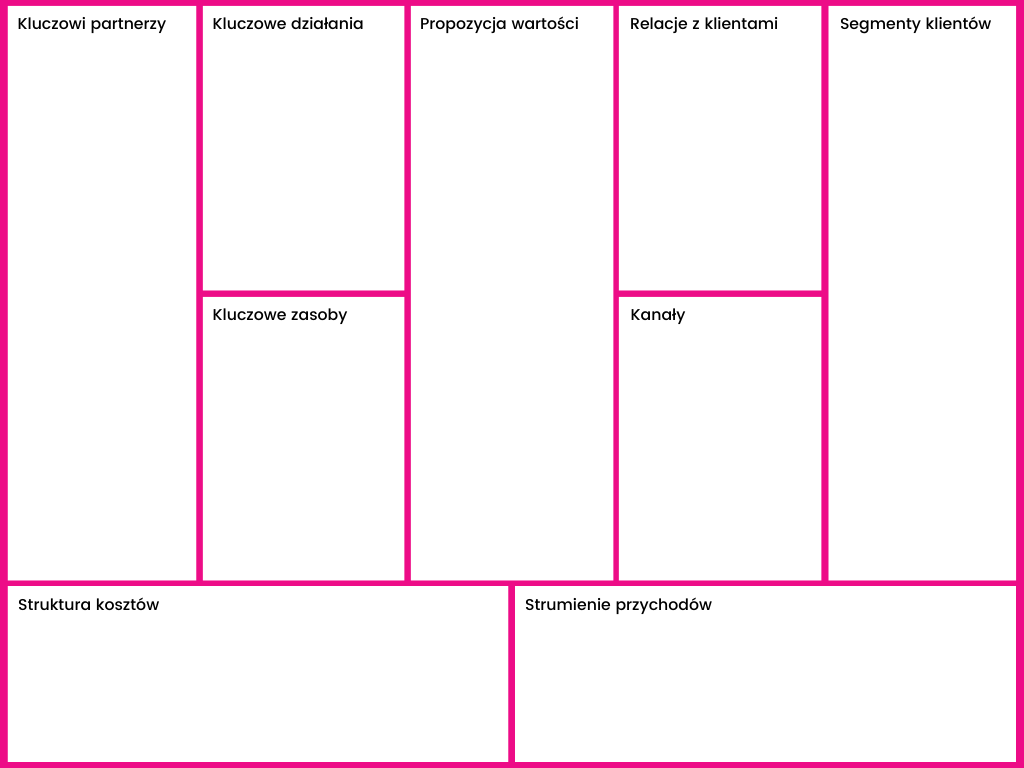March 2020 will be remembered in the history of mankind ingloriously. When most of the inhabitants of Poland are staying at home, galleries, theatres, cultural centres are closed and most companies have had to move their operations to remote mode, we ask ourselves - what now? What about our businesses, what about cultural events that have been cancelled, what about artists who in March, probably also in April, will be left without a source of income.
Coronavirus – or I Was Supposed to Try Not to Kill Myself While Snowboarding
Just 2 weeks ago I was getting my gear ready for my long-awaited trip to the Alps, which I've been planning since December. As I write this text, I should be skiing down the Tyrolean slopes on my board, drinking Austrian low-dose drinks in between and gorging on apfelstrudel as if they were going to sell out all the apples and vanilla sauces in every Żabka tomorrow.
Your reality was probably supposed to look different today too.
Coronavirus - impact on cultural institutions and the creative industry
Leaving health care aside, we have to think about our work. Cultural institutions, without exception, have been closed. Government regulation introduced such a state from March 12, for two weeks. Today we already know that we will not be able to go to the long-awaited concert of Lao Che or Maryla Rodowicz for a long time.
Closed and canceled. These are the two words we hear and read most often in cultural communications.
All festivals, conferences and concerts that were to be attended by hundreds of thousands of culture and creative industry enthusiasts have been canceled.
How did cultural institutions cope?
Nature abhors a vacuum. Where one door closes, another opens that we haven't seen before. We didn't see them because the main hall led to the old, well-known ones. And, as is usually the case in the main hall, there is plenty of space, not too many chairs, stands, you can easily get to the door.
And the new ones are on the sides, in narrower, darker corridors. We don't want to go there because we don't know them. And when we don't know something, various thoughts come to our minds about this unknown. We feel reluctance, discomfort.

Cultural institutions, during the coronavirus, began to enter these darker corridors, moving their activities to the Internet. Several Facebook groups were created (one of the earliest was "Culture in Quarantine"), in which users, mostly employees of institutions and artists, post links to:
- digitized theater performances,
- free options for visiting museum collections online,
- free e-books, pdfs,
- live concerts,
- live meetings with writers,
- live DJ sets,
- live workshops,
- live lectures,
- live discussions,
- guided tours of live exhibitions.
The initiatives are worthy. It turns out that cultural institutions have many resources that can be shared online.
We don't yet know how many people are watching the broadcasts, how many are using virtual tours or watching previously digitized performances. We'll probably get back to the numbers when life returns to normal.
Breaking even – the everyday life of cultural institutions
Museums, theatres and cultural centres must take into account the fact that they have lost revenue for the coming months. Those that have funds from the organiser that are sufficient only to maintain the building and pay staff salaries are in the worst situation.
It is common practice in such institutions to organize events that have to earn money. A project card, a cost estimate, a prediction of the number of recipients are created and on this basis the ticket price is calculated.
If the marketing worked, the subject "succeeded" and the audience comes, then it's fine. If they don't come, then in the annual settlement, you'll have to explain the negative events. The subsidy for the next year may go down.
After the first weeks of mass sharing of free content, will institutions and artists decide on a different business model? Will some of them take a risk and try to organize paid events in the online world?
We hope so.
But how to do it?
Building strategies in cultural institutions in times of crisis

In cultural centers we usually hear the phrase "Why do we need a strategy? After all, we have a mission and a vision." Only this mission and vision are often copied from cultural centers from the nineties, sentences that are high-flown, but do not result in much. The most common mission is "sharing and popularizing... (you can insert anything here: museum collections related to the cultural heritage of Pcim Dolny)". Great, mega interesting.
So let's start from the beginning. What's the point of a strategy? To know why we are here, who we are here for, what we do for ourselves and others, what resources we have, through what channels we make them available, what character we have.
A community center must know who it is for and what that someone would like from it. That someone is the recipient, a persona, a collection of people of a similar nature who have their own needs, problems that we, as an institution, can solve.
Strategy, so rarely created in this sector, aims at, among other things: calm, thoughtful action in times of crisis, unexpected turns of events. It is also a tool thanks to which it is possible to create conditions conducive to the flourishing of institutions, to look at the world in a new, better way.
If your workplace doesn't have it, then sit down with it in the next few days. You'll see, it will pay off.
Building a strategy and designing products and services – a short guide
In modern business model design, the most important thing is the client - this is the foundation on which your point of view is based. How to approach such design? Below is a short list of steps to take to create new projects.
Get ready
Prepare the team, environment, work tools and principles that will govern the creation of the strategy.
Define your point of view
Create a vision that will be a call to action, ingenuity and innovation.
Get to know your audience
Create a survey, conduct in-depth interviews, extract trends from them and, based on them, create personas to whom you will later communicate.
Know your context
What kind of world do you operate in? What are the trends? Who are you competing with? What changes are coming to your industry?
Get to know yourself
What is your business? How is added value created? Who is your customer? What resources (material, personal) do you have? Which of these resources meet the needs of the persona?
Generating ideas
Designate someone to moderate this part, set a time limit for the session. Generate as many ideas as possible. Use tools (business model template, creativity matrix, idea wall). And remember, there are no stupid ideas!
Creating prototypes
Yes, an online cultural event can also be prototyped! Sketch out the course of the event in no more than 30 minutes, share it with the team. You can use the following tools: sketching, paper prototypes.
Verification
Be ruthless. Belief in the idea is not enough, you need evidence! An idea is not worth a penny if it is not verified. Use, for example, a verification template that will allow you to define, among other things, the segment and needs of customers, minimum success criteria, the riskiest assumptions.
Summary
What can come of these activities? A new business model that, in a situation of cultural quarantine, will allow for new revenues to be obtained for the institution's budget. In the future, when life returns to normal, it will ensure the diversification of the cultural offer.
Good luck!
What's worth reading?
Pijl P., Lokitz J., Solomon L., Modern business model design, Gliwice 2018.
Feeling like you need more knowledge? Read our other articles:
- Do Marketing Like Them: A Summary of 2019 Cultural Marketing Campaigns That Stole My Heart.
- Make Your Ad Great: An Introduction to Facebook Ads Manager. Part 1
- Design Thinking at the Beginning of the Road, or What is Design Thinking All About?
- What does Carl Gustav Jung have to do with your brand? Discover the power of archetypes.
- Written by: Ola Dzwierzyńska
- Posted on: 24 Mar 2020
- Tags: marketing in culture

